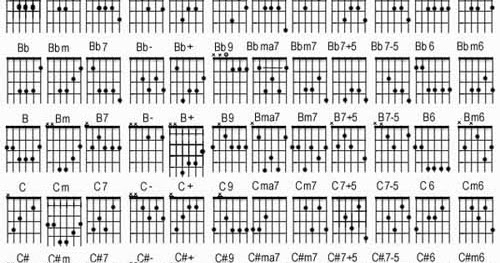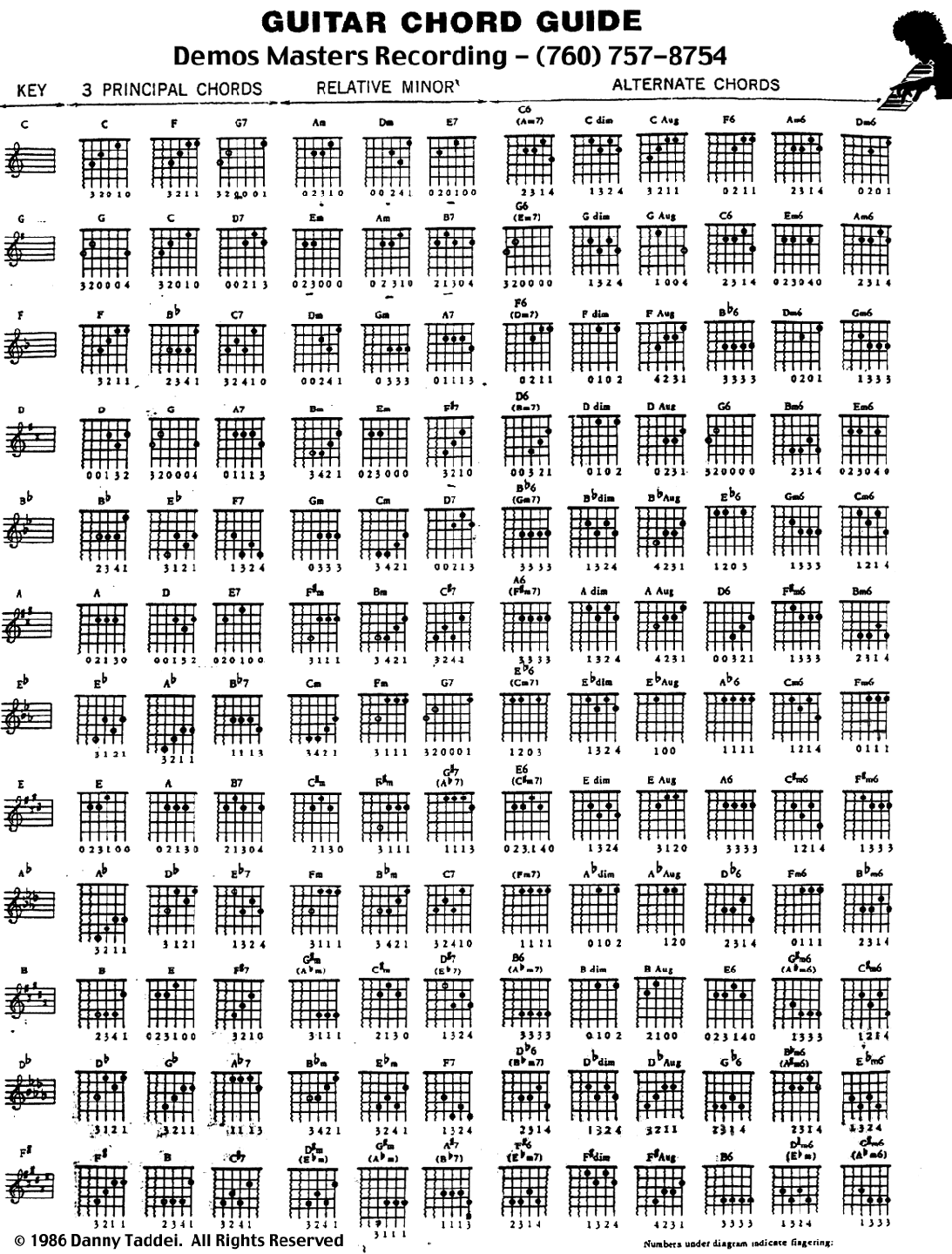

4 This number is primarily mentioned in case of sus4 chords. An exception is the no3 or omit3 abbreviation, which refers to a chord with an omitted third interval. 3 This number doesn't occur in chord names, but the third as a musical interval is often part of chords as the second note. Chords containing only two notes are sometimes referred to as dyads. In these cases the numbers doesn't refer to the last note in the chord, instead to a note that is replacing another or an added note. 2 When this number is written out it refers to an add2 or a sus2 chord. The B flat note is what separates the C7 chord from a regular C chord. For example, C7 has the root note C and also E, G and finally B flat seven scale steps above the root. In general, these numbers refer to the interval between the root note and the last note in the chord. Numeric figures in chord namesĪs you may notice, there are lots of numbers involved. Read more about altered chords and see diagrams.

This group include chords with a raised or lowered note, typically the fifth or the seventh: Minor 7th sharp 5th chords (Cm7#5 or Cm7+5) Minor 7th flat 5th chords (Cm7b5 or Cm7-5) The types of chords covered: Major chords (C) You don't need to learn all of them, but by learning different types of chords your guitar playing will expand. All Major and Minor Chord Shapes are listed there too.There are lots of types, or categories, of chords. Here are two of the Minor Chord Patterns, the first A Minor from the open fret position and the next A Minor with a barre of the 5th fret.įor a more comprehensive list of Chord Shapes see the Movable Guitar Chords Chart. Through this practice resource, you will soon get a feel for how the chord patterns move up and down your guitar neck. Experiment with different chord positions and combinations. Using the Major – Minor Guitar Chord chart play the chords immediately above or below or to the left or right to remain in Key. The chart has been organised in a progressing order, meaning that major chords on the left side of the page are harmonically balanced with each other and to their immediate right are their related minors. Using the Major – Minor Guitar Chords chart, spend some time noticing how these patterns move and change. As the shape progresses up the fret board one step it changes to the next chord. Notice that the chord shapes remain the same, yet the chord changes depending on where it is played. Move up to the 8th fret barre it and play the chord shape as shown. The 3rd chord shape is that of the A Major when played at the open fret.

Move up to the 5th fret, barre it, (put your first finger across the entire neck of the guitar) and play another F Major. This next shape is the typical shape of a C Major on the open fret. Slide up one position and barre the first Fret and you play a F Major (E, F, F#, G, etc.) as you move up the fret with this chord shape. This first shape, when played in open Fret position makes the chord E Major. The Chord Shapes are displayed in Chord Blocks where the dots represent the notes played and the vertical lines reflecting the strings. These shapes are used repeatedly to play different chords. With Guitar there are standard Chord Shapes. Here you will see the notes of F – A – C that make up the F Major Chord.Īnywhere you can reach and play these three notes at the same time an F Major is played. Using the Major – Minor Guitar Chords Chart find the fret map for the F Major Chord. Using the F Major as an example: We know the Intervals for a Major Chord is 1-5-8. This chart shows the finger positions for each note within each of the Major and Minor Guitar Chords. Major and Minor Chords are the staple of modern Music and bringing this to life is the Major – Minor Chord Pattern Chart. Each finger position is color-coded, subliminally teaching you the note positions as you explore chord shapes. The Major and Minor Guitar Chords Chart brings your eye in to the chord shapes and their playing positions on the Guitar Fret. This might sound a little daunting, though it comes down to a few basic shapes and their playing positions on the Guitar Fret.Īs you look and play through this Chart, you will see how the Major and Minor Guitar chord shapes change and move. This makes it easy to find and play all possible Major and Minor Guitar Chords and remain in Key. Unlock and Explore the Chord Shapes and Harmonic Order of ALL Major and Minor Guitar Chords.


 0 kommentar(er)
0 kommentar(er)
